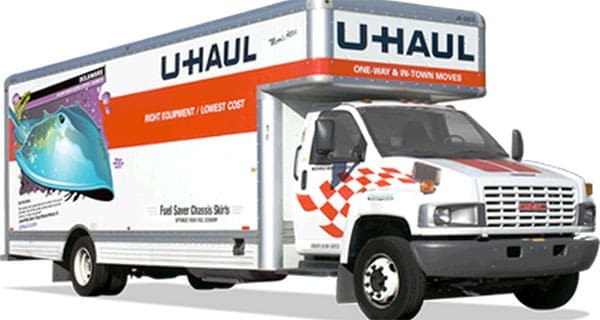 The number of people moving into a province is always a good sign of the state of the economy.
The number of people moving into a province is always a good sign of the state of the economy.
For Alberta, that has been clearly evident over the past few decades. In good times, people were coming to the province in droves. In bad times, that trend slowed to a crawl and even reversed.
So what’s happening now considering the economic challenges Alberta has faced in recent years?
“The first three months of 2019 saw 17,577 people move to Alberta from other parts of Canada. At the same time, 14,149 people left for other regions of the country, leaving Alberta with a net gain of 3,428 new residents,” says ATB in its daily economic update The Owl.
“This is the fifth quarter in a row that Alberta has gained people via interprovincial migration; the total increase over the period was 11,164. We are, however, yet to make up for the 31,120 people lost between the third quarter of 2015 and the fourth quarter of 2017.”
While the return to positive territory is a good sign, the net inflow from other parts of Canada is lower than it was before the recession. From 2011 to 2014, Alberta was gaining an average of 7,388 people per quarter from interprovincial migration, compared to just 2,233 since the start of 2018, added ATB.
“Population growth from interprovincial migration is an indication that the recession is behind us. The fact that the net inflow of residents over the last five quarters is slower than it was before the downturn is in keeping with the somewhat tepid nature of the recovery, so far.”
Mario Toneguzzi is a Troy Media business reporter based in Calgary. He writes for Calgary’s Business.
The views, opinions and positions expressed by columnists and contributors are the author’s alone. They do not inherently or expressly reflect the views, opinions and/or positions of our publication.

